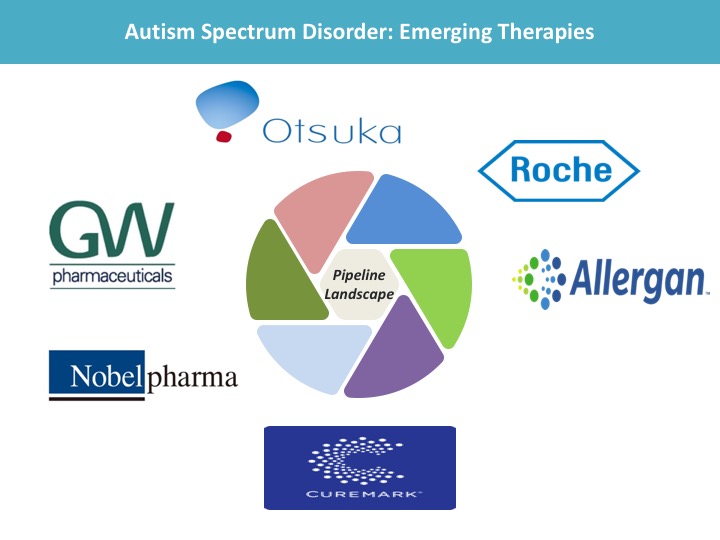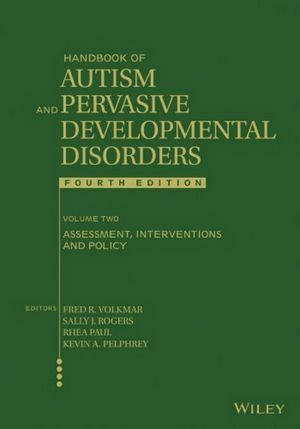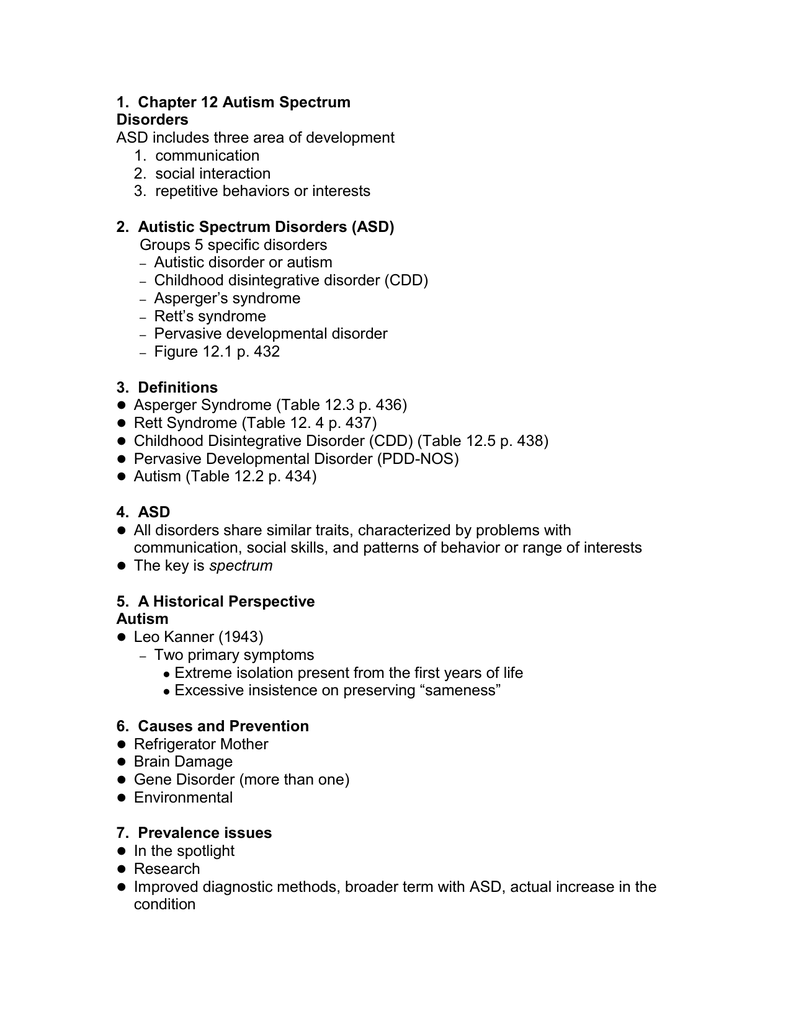

This subtype of autism may be considered the mildest form on the spectrum. What is Pervasive Developmental Disorder (PDD)? Possible developmental delays, although not significant.Tendency to hold one-sided conversations.Overall inability to understand social or emotional issues.Nonverbal communication challenges (facial expressions, lack of eye contact, etc.).Inappropriate or limited social interactions.

The most common behaviors and/or symptoms of Asperger’s syndrome are as follows: And even though they may have restricted interests, those with this type of autism tend to be very intelligent and specialized within those fields of interest. When comparing Asperger’s syndrome with the more severe forms of autism, these children and adults do not tend to have very significant delays in language or cognitive development. According to Autism Speaks, people with Asperger’s may also have developmental delays, uncoordinated motor movements, and general clumsiness. Their range of interests is usually restricted and they may also exhibit repetitive behaviors. Children and adults with this form of autism typically have difficulties with social interactions and understanding social norms. This subtype of autism is considered a “high-functioning” form on the spectrum. These two types are the more mild forms of autism, so we will be taking an in-depth look at both to help you better understand them and their differences. Autism can be seen in varying degrees and it may be hard to understand how Pervasive Developmental Disorder (PDD) differs from another type of autism, Asperger’s syndrome.

You may be familiar with autism and its different types and spectrums, but you may not know how those types differ.


 0 kommentar(er)
0 kommentar(er)
